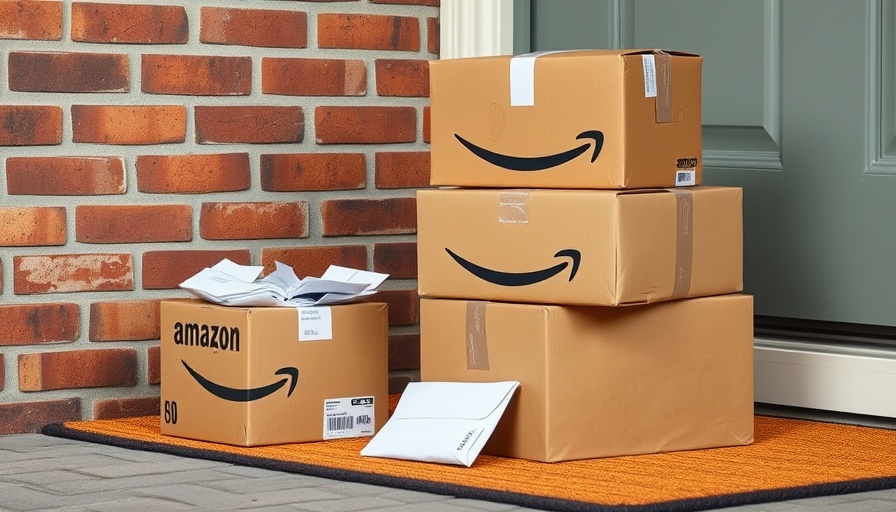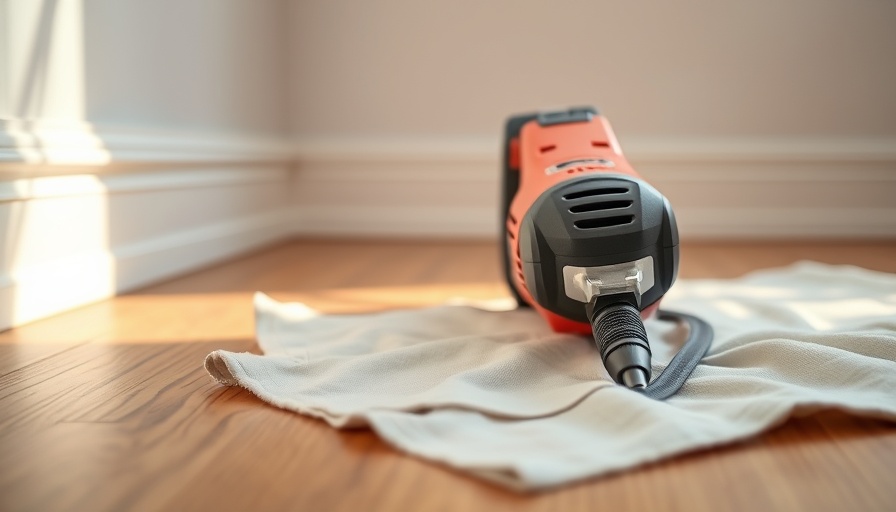
Unlocking the Potential of Your Basement
Basements often remain underutilized spaces in homes, but with the right flooring choices and design elements, they can become functional and inviting areas for family gatherings, offices, or even fitness zones. In the latest episode of a popular home improvement podcast, the discussion unfolded around the best practices for selecting basement flooring, emphasizing moisture-resistant options like vinyl and tile that not only provide durability but also come in various styles to match any aesthetic.
Architectural Salvage: A Sustainable Solution
Architectural salvage is gaining traction among homeowners and contractors looking to infuse character and sustainability into their projects. This practice involves repurposing old building materials, such as reclaimed wood beams or vintage bricks, which not only adds uniqueness to any renovation but also reduces waste. The podcast highlights several ways to source these materials, encouraging listeners to visit local salvage yards or shop online. Imagine transforming a plain basement into a charming retreat with exquisite elements that tell a story!
HVAC Ducts: Ensuring Comfort and Efficiency
Efficient heating and cooling systems are essential, particularly in basement renovations where temperatures can fluctuate significantly. The podcast addresses the installation and maintenance of HVAC ducts, stressing the importance of proper sizing and positioning to maximize air circulation while avoiding costly energy bills. Homeowners are reminded that adapting existing systems for a newly finished space can sometimes require professional evaluation to ensure everything meets local codes.
Smart Renovation Decisions: Value for Homeowners and Contractors
Making informed choices regarding flooring, salvage materials, and HVAC systems can enhance the overall value of a home. Contractors stand to benefit by streamlining their knowledge of these areas to better serve clients. The intersection of sustainability and functionality not only attracts today's conscientious homeowners but also positions contractors as experts in modern building practices.
Taking Action: Transform Your Space Today!
After exploring these insightful tips, the call to action is clear: homeowners should consider their basement potential and take proactive steps towards renovation. Whether it’s opting for moisture-resistant flooring, incorporating reclaimed materials, or ensuring efficient heating and cooling, each choice contributes to a healthier home environment that balances comfort and sustainability.
Conclusion
Ultimately, this podcast episode serves as a valuable resource for homeowners and contractors alike, igniting inspiration and practical advice to elevate basement renovations. By embracing contemporary trends such as architectural salvage and up-to-date HVAC practices, you’ll not only enhance your living spaces but also contribute positively to the environment.
 Add Row
Add Row  Add
Add 




Write A Comment